Indian cricketer Suryakumar Yadav recently underwent surgery in Europe to address a sports hernia. The 34-year-old shared an update on his Instagram account, stating, "Life Update : Underwent surgery for a sports hernia in the lower right abdomen. Grateful to share that after a smooth surgery, I’m already on the road to recovery. Can’t wait to be back." But what exactly is a sports hernia, and how does it differ from a regular hernia? Let's delve into the details.
A sports hernia, also known as athletic pubalgia, is a painful injury affecting the soft tissues in the lower abdomen or groin area. Unlike a traditional hernia, a sports hernia doesn't present as a visible bulge. Instead, it involves a tear or strain of muscles, tendons, or ligaments around the groin, leading to persistent pain that intensifies with sudden movements.
Sports hernias commonly affect athletes like Suryakumar Yadav, who participate in sports that require rapid changes in direction, twisting motions, or intense forceful movements, such as batting and fielding.
While a traditional inguinal hernia involves an organ or tissue pushing through a weakened muscle, resulting in a visible lump, a sports hernia involves a tear or weakness in the muscles or tendons without any noticeable bulge. This can make diagnosis challenging, but the pain and discomfort, especially during physical activity, are significant.
The primary symptom of a sports hernia is pain in the groin or lower abdomen. This pain can arise suddenly during an injury or develop gradually over time due to repetitive movements. Key symptoms include:

Because the pain is spread over a wide area and there isn't always a bulge, pinpointing the exact location can be difficult. Stiffness and soreness after sports or exercise can also occur, hindering athletic performance.
Sports hernias are typically caused by repetitive movements that strain the muscles and tendons in the lower abdomen and groin. The injury occurs when these soft tissues are stretched or torn due to sudden twisting of the pelvis.
Common causes include:
Treatment for a sports hernia depends on the severity of the injury:
Avoiding activities that cause pain, especially twisting and sudden movements, can promote healing.

A structured rehab program focuses on strengthening the abdominal and hip muscles, improving flexibility, and correcting muscle imbalances. Physical therapy is often a primary treatment approach.
Nonsteroidal anti-inflammatory drugs (NSAIDs) can help reduce pain and inflammation.
If symptoms persist, surgery may be necessary to repair the torn tissues. Surgical options include repairing or reinforcing the damaged tendons and muscles around the pubic bone. Surgery usually leads to good recovery and a gradual return to sports.
Newer articles
Older articles
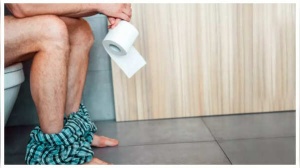 5 Overlooked Warning Signs of Colon Cancer: Early Detection Saves Lives
5 Overlooked Warning Signs of Colon Cancer: Early Detection Saves Lives
 Shukla's ISS Arrival Heralds New Era for Indian Space Exploration; Gaganyaan Mission Looms
Shukla's ISS Arrival Heralds New Era for Indian Space Exploration; Gaganyaan Mission Looms
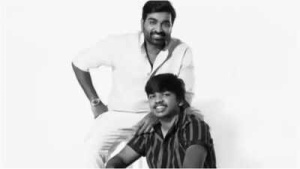 Vijay Sethupathi Apologizes Amid Controversy Over Son Surya's Film 'Phoenix'; Thalapathy Vijay's Support Revealed
Vijay Sethupathi Apologizes Amid Controversy Over Son Surya's Film 'Phoenix'; Thalapathy Vijay's Support Revealed
 Android Security Alert: Government Warns of Critical Flaws Exposing User Data
Android Security Alert: Government Warns of Critical Flaws Exposing User Data
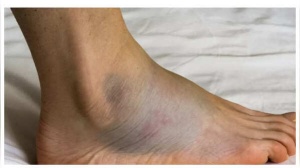 Skin Deep: 7 Warning Signs on Your Skin That Could Signal Heart Trouble
Skin Deep: 7 Warning Signs on Your Skin That Could Signal Heart Trouble
 Ashada Gupt Navratri 2025: Dates, Significance, and How to Observe This Hidden Festival
Ashada Gupt Navratri 2025: Dates, Significance, and How to Observe This Hidden Festival
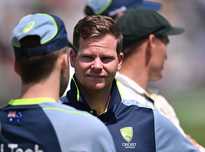 Smith Eyes Grenada Test Return After Injury Layoff
Smith Eyes Grenada Test Return After Injury Layoff
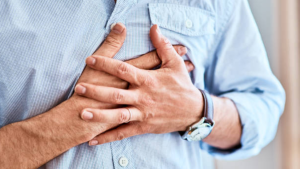 Staying Hydrated May Significantly Lower Risk of Heart Failure, New Study Suggests
Staying Hydrated May Significantly Lower Risk of Heart Failure, New Study Suggests
 Moto G54 Price Slashed in India: Check Out the New, Lowered Costs
Moto G54 Price Slashed in India: Check Out the New, Lowered Costs
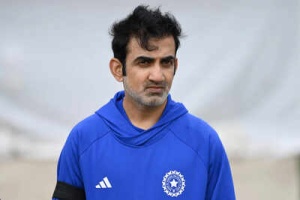 Gambhir Sidelines Pant's Twin Tons After India's Test Loss, Emphasizes Team Performance
Gambhir Sidelines Pant's Twin Tons After India's Test Loss, Emphasizes Team Performance